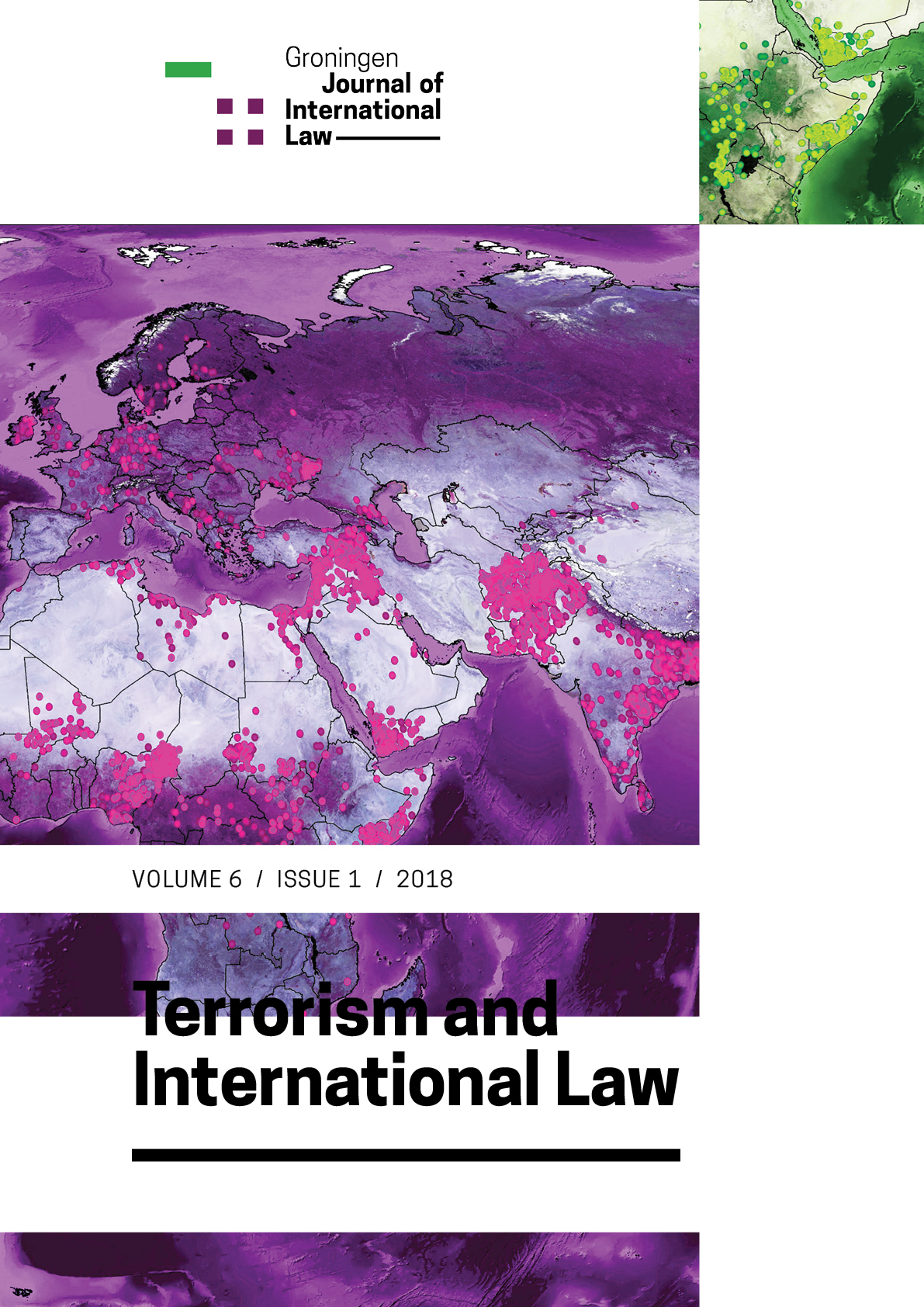Closing the ‘Intangible Technology Transfer’ Gap within the Existing Legal Frameworks: Time for an Additional Protocol(s)?
DOI:
https://doi.org/10.21827/5b51d53eb39b2Keywords:
INTERNATIONAL LAW, TERRORISM, ORGANISED CRIME, INTANGIBLE TECHNOLOGY TRANSFER, DUAL USE TECHNOLOGY, 3D PRINTINGAbstract
The current terrorism landscape poses increasing, diverse levels of threat, with accompanying complex and challenging counter-terrorism responses, as terrorist groups (TGs) become more global in their reach, creative in their methods, as well as more connected to organized criminal groups (OCGs). One concerning trend, in at least some geographical regions, is increased cooperation between OCGs and TGs or even convergence whereby the level of integration between the two groups is such that it is difficult to discern the parameters between them. Such cooperation or convergence can put existing applicable legal frameworks under strain, highlighting or even creating normative gaps in the process. In turn, these may hinder effective international cooperation, including in the domains of legal terrorism prevention and criminal justice responses to organized criminal and terrorist activities, thereby posing significant threats to international peace and security.
The related risks, together with the accompanying challenges and complexities for the international community to effectively counter such threats, are increasing exponentially via rapid technological advances, notably “emerging technologies”. These are aggravated by the fact that applicable legal instruments (international, regional and national) have generally not managed to keep pace with such technological advances and associated risks. One such area relates to intangible technology transfer (ITT) by OCGs and TGs, which incorporates manufacturing techniques, technical know-how and intellectual property, and can take a number of forms such as the electronic transfer of weapons blueprints.
A particular issue, considered in this article, relates to the potential for OCGs/TGs to acquire “dual use” technology (i.e., technology with the potential to be used for both legitimate civil/military as well as illicit criminal purposes), for instance 3D printers, together with the software and/or blueprints necessary (e.g., obtained through cybercrime) to print weapons. In terms of the risks posed by ITT, though it is not possible to 3D print fissile, chemical, explosive etc materials, nonetheless the defence and security sector is reporting the rapid development of technology towards the 3D printing of the component parts of missiles, for instance, by military troops who are operationally deployed. Clearly, if such technology were to fall into the hands of OCGs/TGs, catastrophic consequences could ensue.
Somewhat surprisingly, despite the associated, foreseeable peace and security risks, such issues have attracted only modest research or even political attention to date from a legal perspective, resulting in significant knowledge gaps in relation to the development of policy, law and practice governing emerging technologies related challenges. More worrying are the gaps which appear to be present within existing criminal justice and anti-terrorism instruments governing OCG and TG activities. As this article reveals, minimal, if any, criminalization of ITT related activities exist. Instead, two primary gaps appear to exist: first, existing treaties do not generally criminalize the transfer of intangible technology as an asset for criminal purposes, whether for financial gain or to perpetrate terrorist acts; second, the existing frameworks do not criminalize the utilization of technology for the transfer of intangible technology assets by OCGs or TGs.
The article concludes with a number of recommendations as to how some of the identified weaknesses might be addressed.
Published
Issue
Section
Open Access Creative Commons


